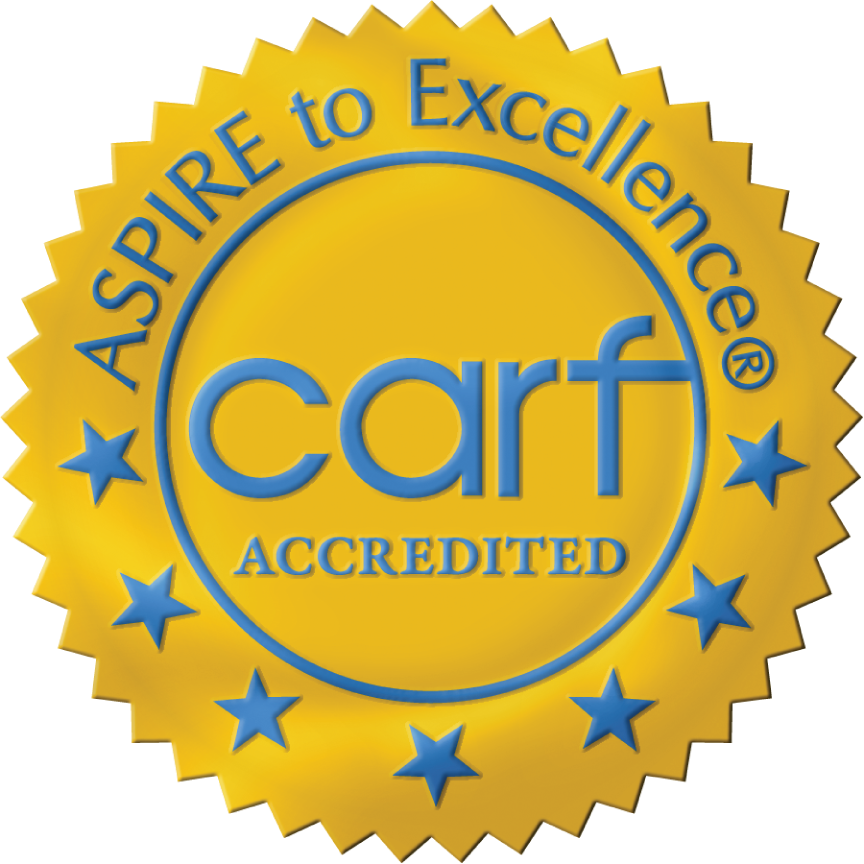
LSD: Bad Trips, Pseudo Hallucinogenic Perception Disorder, Flashbacks
The psychoactive qualities of lysergic acid diethylamide, first synthesized in the 1930s, were first reported by Dr. Albert Hofmann of Sandoz Pharmaceuticals in Switzerland in 1943. Although some psychiatrists initially felt that LSD might have therapeutic value, military and intelligence agencies conducted experiments to determine its potential for more global purposes. Its desirability as a recreational substance came to the forefront in the mid-1960s, leading to its being forced underground as a Schedule I drug.
LSD has not gone away, however. Thousands, if not millions, of individuals have used the drug, most prominently the followers of the Grateful Dead and other “jam bands.” While most people ingest LSD without any marked ill effect, a relatively small percentage experience adverse psychoactive reactions (APRs) or “bad trips,” ranging from unpleasant pseudo-hallucinations to periods of terror for fear of losing one’s mind. Although the reaction to LSD is commonly termed “hallucinogenic,” in reality it produces illusions, and is better described as psychedelic. The individual knows that something is wrong but cannot completely determine why or when or even if the sensation will end.
Because the individual is aware, it is possible to reverse the bad trip using a talkdown technique pioneered by the volunteer staff at the Haight Ashbury Free Medical Clinic in the 1960s and further developed by the Clinics’ Rock Medicine program in the intervening 40-plus years. The basic elements of talkdown consist of providing the affected individual a safe, quiet place, with as few outside stimuli as possible, with a reassuring guide. Because a bad trip is a chemically-induced crisis, it’s important for the clinician to identify whether the breakdown is only chemically induced or in combination with the individual’s pre-existing personality (set) or frightening environment (setting). A chemically-induced breakdown will almost always self-resolve with time and reassuring, supportive care.
In a small subset of the LSD-using population, usually those with a pre-existing history of co-morbid psychiatric disorder, the drug can precipitate prolonged psychiatric problems, including schizophrenia, depression, and manic-depressive disorder. Some can have flashbacks of the psychedelic experience, usually after a bad trip, but a very limited number of others, despite not having an acute adverse reaction, can have persistent visual disturbances classified as post-hallucinogenic perception disorder (PHPD).
Despite the fact that LSD is a very powerful drug, drug exposure alone cannot explain the range and variety of psychedelic experience. Variations in brain chemistry, psychological setting and environmental setting all need to be studied to understand such complex reactions.
Other, less potent, psychedelics that are also used recreationally, although to a lesser degree, include peyote and other mushrooms, ayahuasca, a South American vine, and ibogaine, an African plant. Their ill effects can resemble those of a bad LSD trip and tend to also manifest physically, with severe vomiting and elevated blood pressure and pulse associated with anxiety and hyperstimulation. Morning glory seeds and banana peels, despite popular lore of the ’60s, have none to less-than-minimal effect.
There is renewed interest in the potential therapeutic effects of psychedelic drugs for relieving end-of-life anxiety, treating alcoholism, addressing other psychological and psychiatric issues, and for heroin detoxification. Limited studies are finally underway.








